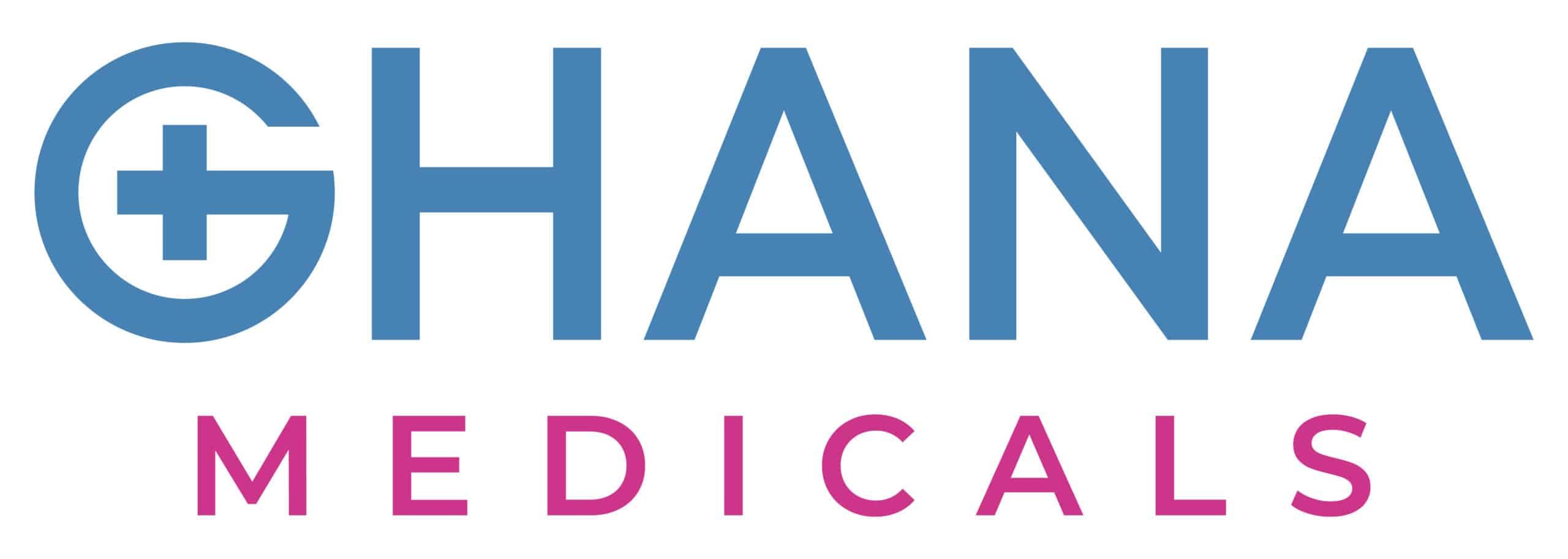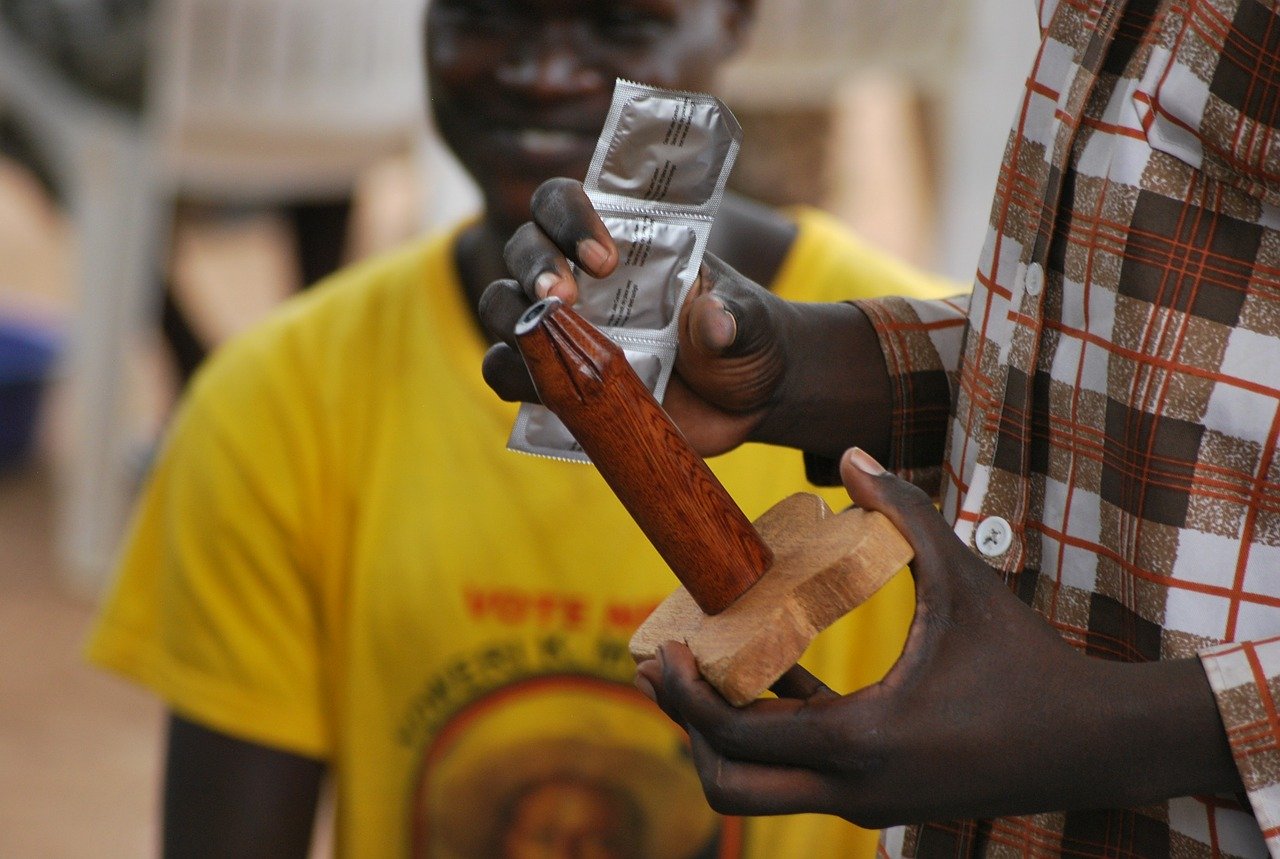As governments, experts, volunteers, development partners, and various other agencies gather across the southern and eastern Africa, for one common cause, it shows just how important it is to mass distribute condoms as a pivotal strategy for controlling STDs.
ESA (The East and South Africa), the home to almost 550 million people, has successfully made notable progress in managing STDs, particularly HIV in the region. Since 2018, ESA has experienced 30% fewer HIV infections as opposed to 2010. As of recent statistics, 1 in 3 women now uses condoms, compared to 1 in 4 in 2010.
Condoms have played a decisive role in preventing STDs, HIV, and unwanted pregnancies in countless countries, including the African continent. The distribution and production of these products have significantly decreased the rates of STDs in sex workers and the general population.
In fact, the use of condoms is now higher than ever. In western African countries, now 30% of the younger population between the ages of 15 to 24 use a condom regularly. Yet, STDs still remain a serious issue for the entire continent.
The Importance of Condoms in Africa
Despite all the programs and positive progress, ESA is still the most infected region with STDs and HIV on the globe.
STDs prevalence rates continue to skyrocket, resulting in a massive increase in STD transmission. The most vulnerable individuals are young women, which account for 25% of the STD infections, HIV in particular. This is where condoms play a vital role in preventing STDs and unplanned pregnancies.
Condoms are a cost-effective method for managing STDs. They have prevented more than 50 million HIV transmissions since the 80s. While 30% of the population now uses condoms, it’s not enough to tackle the epidemic completely.
Despite the affordable condom prices, the funding for obtaining condoms in the sub-Saharan African region has reduced over the years. To tackle the infection rates and reduce them to 500 000, it’s important for the government to remain committed, increase their investment, and prevention methods available for the general population, in particular, support the demand for condoms.
Higher Condom Supply Is Necessary
Condoms are a must-have product for the African region. They are effective in managing diseases, but they are also convenient and easy to use, and most importantly, don’t cost as much as other alternatives for preventing and treating STDs. However, right now, there is a huge gap between condom supply and people’s needs. For the ESA and sub-Saharan region, the yearly gap is 3 billion condoms, while the need is 6 billion.
To end the STD epidemic, it’s crucial to lower maternal deaths by 70% for the next ten years. That’s where tackling the supply and demand problem comes into play. At the moment, there are only five manufacturers that produce condoms for the entire African region. That’s not enough to keep up with demand.
The Interest in Free Condoms Hinders the Private Condom Manufacturing Sector
In other European, Asian, or American countries, free condoms are considered easier to access. However, commercial ones are considered more appealing, better-quality, and more trust-worthy. People would rather choose a commercial condom rather than a free one. This keeps the private sector in a healthy business environment. But, for many African countries, it’s the complete opposite.
According to statistics, some condom users are more than willing to buy condoms. More than 90% of users in Nigeria will pay for these preservatives, which makes it one of the most important products to invest in. But, the interest in preservatives varies from country to country.
Some regions, like Zimbabwe and Kenya, do have individuals who would pay for condoms, but many of them would rather obtain free preservatives rather than commercial ones.
The reason for that is the scarce funds. Free condoms in Africa, still remain a more popular prevention tool than paid condoms for the majority of the African population. However, the public sector has a limit to providing free condoms, since they heavily depend on donor support.
This is an unsustainable long-term strategy for supplying condoms to the general population, and it significantly hinders the private sector.
Tackling the Condom Production Problem
With a limited condom production, the regular supply remains a problem for the African region. To keep up with demand, especially with the ESA region, it’s crucial to identify a plan of urgency for manufacturing condoms for the entire population. Local manufacturing is simply not enough to cover the scale of the epidemic.
Firstly, to prevent the onset of potential STDs or HIV, billions of more condoms should be produced. Secondly, if more companies manufacture the same product, it will add more competition to the market and help keep the low prices. This strategy will also avoid a stock-out, improve supply chain management and local procurement.
Thirdly, more companies mean more work, and more work provides more jobs. This kind of environment will promote trade in the entire continent, keep the private sector involved, and save the continent’s currency.
Currently, UNFPA is working with governments, investors, and manufacturers to bring in more developers and partners for the condom manufacturing business in the region and boost the distribution and procurement capabilities.
UNAIDS has already implemented a strategy with ambitious goals to boost the availability of condoms from 2016 to 2021 to up to 20 billion every year. Instead of the current 30% condom use, the interest in preservatives is expected to increase by 90% for both middle and low-income countries.
New developers will make condoms more available for the general population and will satisfy the supply and demand for such products to control the epidemic of STDs. With more condoms becoming available, it would be much easier for the population to access these products and prevent the onset of STDs.
References
https://www.who.int/hiv/mediacentre/news/condoms-joint-positionpaper/en/
https://www.ncbi.nlm.nih.gov/pmc/articles/PMC6339129/
https://esaro.unfpa.org/en/news/manufacturing-condoms-africa-urgent-health-and-economic-priority
https://www.ncbi.nlm.nih.gov/pmc/articles/PMC6339129/

